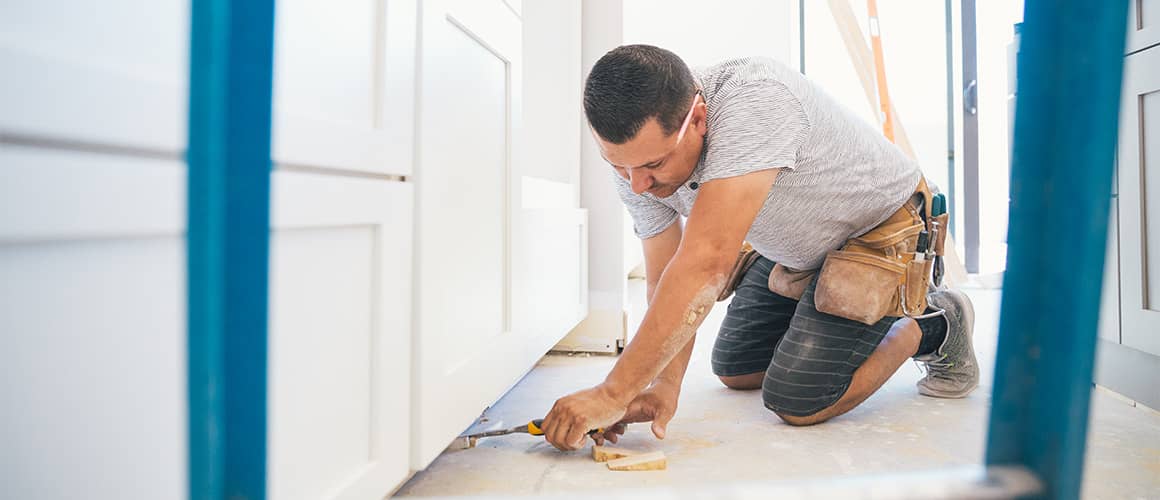
Buying a fixer-upper can be a fantastic way to build instant equity, but it’s crucial to know how to identify the right project. This guide will help you assess whether a property is worth the investment and how to plan for renovations.
What is Sweat Equity?

Sweat equity is the value you add to a property through your own efforts. By purchasing a home at a lower cost and making improvements yourself, you can significantly increase its market value while keeping expenses manageable.
Identifying a Good Fixer-Upper:

Look for homes with cosmetic issues rather than structural problems. Painting, landscaping, and updating fixtures are manageable for most homeowners. However, foundational issues, major plumbing problems, or outdated electrical systems can be costly to repair and might not provide a good return on investment.
Calculating Potential ROI:

Research comparable home prices in the area after renovations. Subtract estimated costs from the potential selling price to see if the project is worthwhile. A good rule of thumb is aiming for at least a 20% increase in property value after improvements.
Budgeting for Renovations:

Create a detailed budget that includes materials, labor (if not DIY), permits, and unexpected costs. Always add a buffer of at least 10% for unforeseen expenses. Prioritize projects that add the most value, such as kitchen and bathroom remodels.
Tips for Managing Renovation Projects:

Interior designer working with young couple. Lovely family and professional designer or architector discussing conept of future interior, working with colour palette, room drawings in modern office.
- Start with high-impact, low-cost improvements.
- Focus on curb appeal to make a strong first impression.
- Stick to a timeline to avoid dragging out the process.
- Hire licensed contractors for specialized work like electrical or plumbing.
